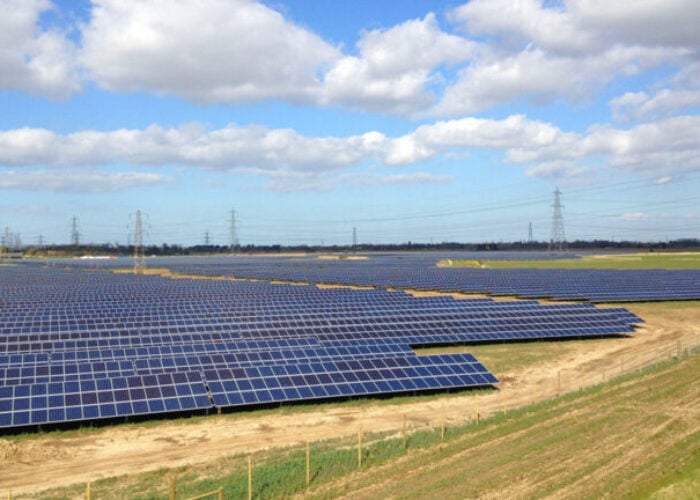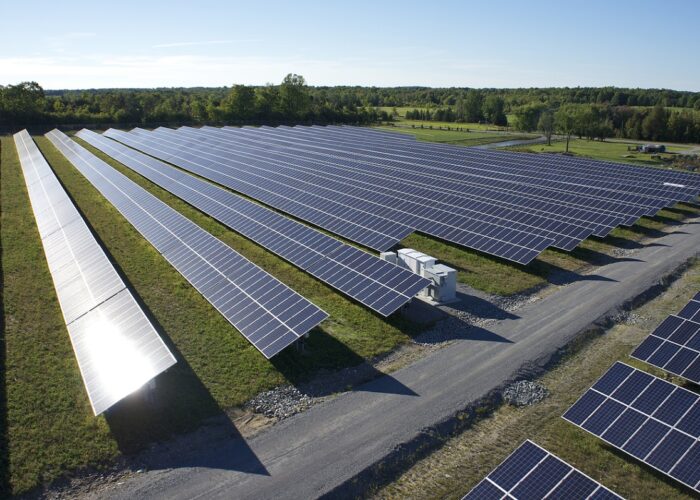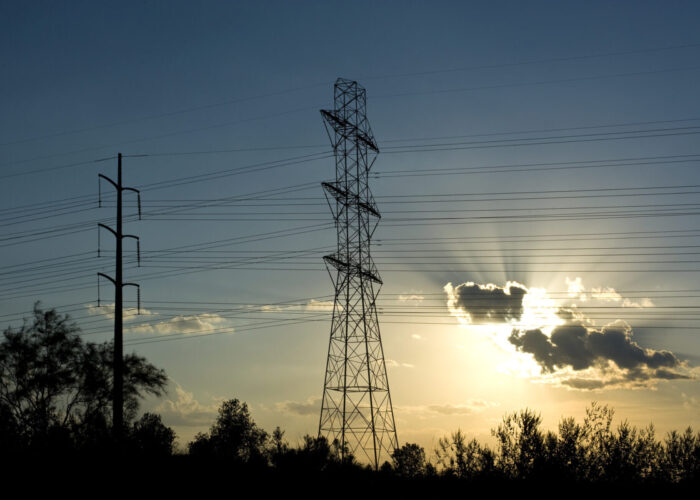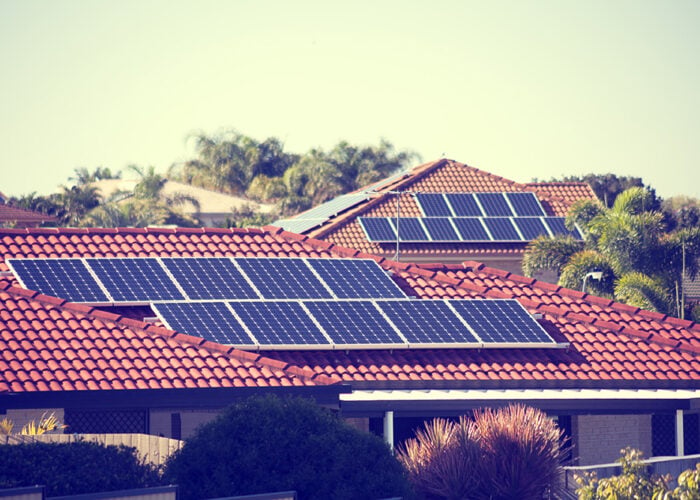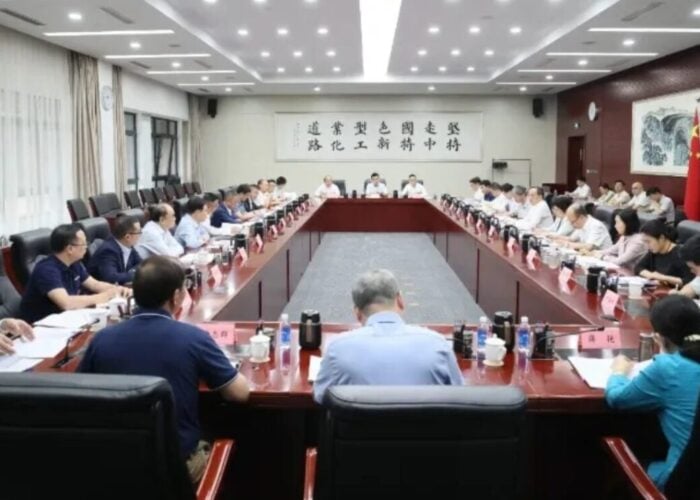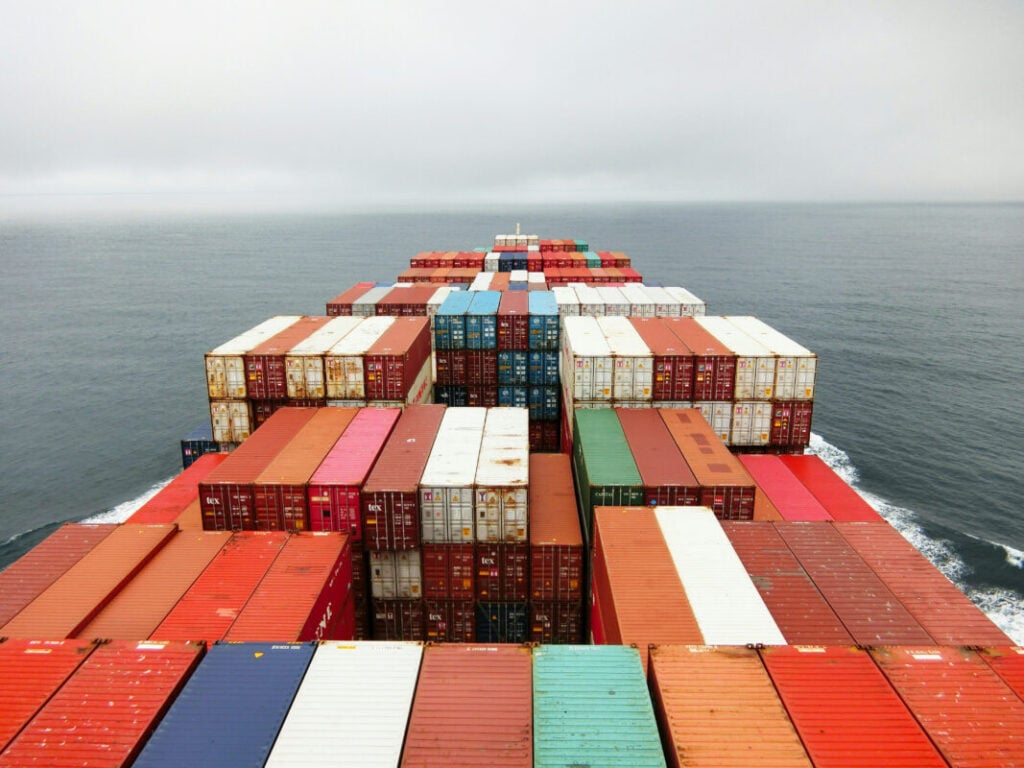
It has been barely two weeks since the inauguration of Donald Trump as US president and his administration has already signed several policies that directly impact the solar industry.
On day one, Trump signed a series of executive orders, some related to the energy sector and, more importantly, the Inflation Reduction Act. The importance and possible impact of these executive orders on the solar industry were covered here on PV Tech.
Unlock unlimited access for 12 whole months of distinctive global analysis
Photovoltaics International is now included.
- Regular insight and analysis of the industry’s biggest developments
- In-depth interviews with the industry’s leading figures
- Unlimited digital access to the PV Tech Power journal catalogue
- Unlimited digital access to the Photovoltaics International journal catalogue
- Access to more than 1,000 technical papers
- Discounts on Solar Media’s portfolio of events, in-person and virtual
The latest update was the imposition of new tariffs on a series of countries, including China, announced on Saturday.
A 25% tariff on Canadian and Mexican goods was meant to take effect on Tuesday 4 February, but discussions between the respective leaders of each country with Donald Trump halted its imposition for a month.
China tariffs did take effect with duties up 10% and bringing the tariffs on solar products – including solar cells, polysilicon and wafers – to 60% as these already were subject to a 50% tariff under Section 301.
‘Minimal impact on imported solar goods’
With tariffs already in place for certain Chinese solar products, several people told PV Tech that this new round of tariffs is not expected to seriously impact the US solar industry.
“It is unlikely the tariffs as they are currently reported will meaningfully change the dynamic for solar manufacturing at this time,” said Mike Carr, executive director of the Solar Energy Manufacturers for America (SEMA) Coalition.
“In terms of the China tariffs, we already have 50% tariffs on solar products from China so an additional 10% is marginally helpful, but what we really need is for President Trump and his team to focus on Chinese solar companies dumping predatorily priced modules from other countries.”
“If they don’t, President Trump’s 201 tariffs on solar modules expire next year and we are left with a ‘whack-a-mole’ tariff policy where we see Chinese companies quickly jumping from country to country to avoid tariffs. We need tariffs specifically targeted to level the playing field for U.S. manufacturers by addressing module imports from Chinese companies operating outside of China,” adds Carr.
According to solar and energy storage procurement firm Anza, the new tariffs are unlikely to significantly impact module and solar prices in the US.
“Given the recent developments with UFLPA [the Uyghur Forced Labor Prevention Act] there is already one reason to be concerned about Chinese wafers; this is another, considering US cell providers were most likely in large part counting on Chinese wafers. Therefore, this could have a nominal impact on US module assembly and cell prices,” said Aaron Hall, president and co-founder of Anza.
The recent UFLPA developments Hall mentions were the inclusion of 37 companies into the UFLPA entity list. The most notable name in the solar industry was a subsidiary of major Chinese solar manufacturer JA Solar.
Aside from China, one solar manufacturer that could be impacted by the 25% tariffs on Canada and Mexico, is Maxeon, according to Hall.
“It will not be good for Maxeon who is importing Mexican modules. Otherwise, we don’t see a big impact since there is very little imported with Canadian, Chinese or Mexican cells,” added Hall.
On the other side of the border, Canadian solar manufacturing company Heliene does not expect to be heavily impacted by these tariffs, whenever they are implemented. The reason for this is that the company invested in US manufacturing capacity after Trump implemented tariffs on Canada during his first term.
“Heliene did lose tens of millions when the US Administration (Trump 1.0) posed 30% import tariffs on solar modules made in Canada entering the US, back in February 2018. At that time the company decided to invest in the US and not manufacture in Canada for sales in the US any longer – hence Heliene is not at risk of a 2025 US-Canada trade war, we have learned after paying duties for four years,” said Martin Pochtaruk, CEO of Heliene.
The company currently produces modules at its factory in the US state of Minnesota and is building another module assembly plant in Minneapolis. Pochtaruk added that the tariff increase on Chinese goods will not impact Heliene, due to the company “not directly importing any components from China at the moment”.
Although overall, this new round of tariffs might not have any major impact on the solar industry, its implementation so early during Trump’s administration can set the tone for future decisions it will take regarding tariffs and renewables in general.
“One takeaway is how material and how fast this administration can roll out new tariffs; this dynamic cannot be ignored when approaching major procurement strategies and tactics,” said Hall.
Some information in this article has updated for clarity.

